

A Brain-to-Brain Interface for Rats. Sensory and motor information can be transferred directly between the brains of rats, but some scientists doubt the proclaimed implication of an “organic computer.”

KATIE ZHUANG, NICOLELIS LAB, DUKE UNIVERSITYResearchers have electronically linked the brains of pairs of rats, enabling the animals to communicate directly via implanted microelectrode arrays to solve simple behavioral problems, according to a study published today (February 28) in Scientific Reports. The authors of the study claim the achievement is the first of its kind, and could lead to the linking of multiple animal brains to form the first “organic computer” through which multiple animals could exchange, store, and process sensory and motor information. How They Get It: A New, Simple Taxonomy For Understanding. How They Get It: A New, Simple Taxonomy For Understanding by Terry Heick.
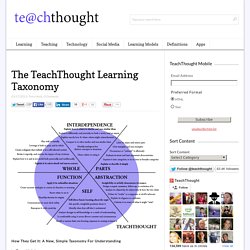
9 Ways Neuroscience Has Changed The Classroom. There is often a big divide between what happens in the laboratory and the way laboratory findings are practically applied.
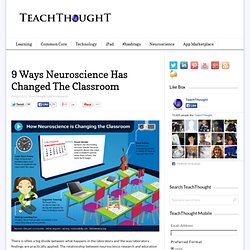
The relationship between neuroscience research and education is no exception. While there are numerous educational products that claim to be based on neuroscience research (often quite dubiously so), the real impact of brain-based research on education has been much more subtle. How The Human Brain Works. No, Your Brain Isn’t Divided By Creativity And Logic.
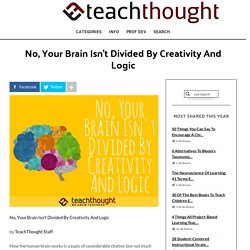
How The Memory Works In Learning. How The Memory Works In Learning By Dr.
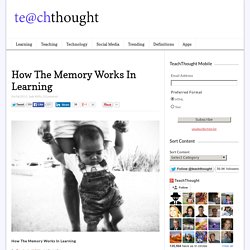
Judy Willis, M.D., M.Ed. Technology Integration Matrix. The Powerful Impact of Stress. By Victoria Tennant All children will experience stress, sometimes significant amounts of it, in their lives.

Adults ordinarily fail to recognize the incidence and magnitude of stress in the lives of children. For example, studies have shown that "parents perceive children as having lower levels of stress than children perceive themselves as having. " (Humphrey, Helping Children Manage Stress, 1998, p.8) This is confirmed by a nation-wide survey that concludes "parents underestimate how much children worry" (Witkin, KidStress, 1999, p.11).
Our complex modern society has greatly increased the amount of stress adults and children are exposed to. Young children may experience stress from: disrupted homes, blended families, both parents working outside the home;increased exposure to violence, both real and on the screen;excessive screen time;being over scheduled;feeling pressured to perform or behave beyond their ability. Common stress producers for teens (in addition to the above): EMOTION§LEARNING WEEK 2. What Is the Prefrontal Cortex? Hottopicselt [licensed for non-commercial use only] / Week 1 Tips. Amy Cuddy: Your body language shapes who you are. SLA Biomedical & Life Sciences Division Blog: The Amygdala’s Role In Learning, Memory, Social Intelligence, Criminal Behavior, Mood Disorders And Especially The Retention of Traumatic Memories In Adult PTSD.
Flaviauhlmann [licensed for non-commercial use only] / Neuroscience in Education - Week 2 tasks. Hello, everyone.
![flaviauhlmann [licensed for non-commercial use only] / Neuroscience in Education - Week 2 tasks](http://cdn.pearltrees.com/s/pic/th/flaviauhlmann-neuroscience-49986870)
Welcome to my portfolio for NiE wk2 tasks. I'd like to see your comments. Tks. Task 3 and 4 - Food for thought: I really enjoyed this week, especially because I could learn more about the Brain, Mind, Relationships, Emotion and Social Lelarning. Working With Mindfulness - Mindfulness - Training and Practice - Working With Mindfulness Download - More Than Sound Store. On self-awareness - Daniel Goleman. Dr Daniel Siegel, MD - We feel, therefore we learn: the neuroscience of social emotion. Mary Immordino-Yang on the Role of Emotions. We often hear from people who feel overwhelmed by stress, family, work and relationship problems, health challenges, and painful emotions.
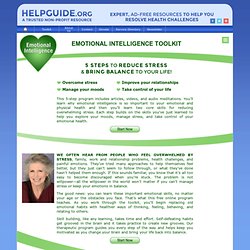
They’ve tried many approaches to help themselves feel better, but they just can’t seem to follow through, or what they’ve done hasn't helped them enough. If this sounds familiar, you know that it’s all too easy to become discouraged when you’re stuck. The problem is not willpower—all the willpower in the world won’t matter if you can’t manage stress or keep your emotions in balance.
The good news: you can learn these important emotional skills, no matter your age or the obstacles you face. That’s what this free online program teaches. Charlie Rose: The Brain Series. Charlie Rose: The Brain Series. The Heart-Brain Connection: The Neuroscience of Social, Emotional, and Academic Learning. Richard: Thank you all very, very much.
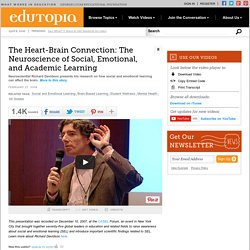
It really is just a delight to be here and an honor to be considered a part of this amazing collaborative which I have been a champion and fan of from afar and it's just great to be here and, in a very short amount of time, share with you what has been some absolutely amazing work that has been going on in neuroscience and its relevance to social and emotional education. And if there's one take home message that I'd like you to walk away with from my presentation today it's that social-emotional learning changes the brain.
And the brain is really the organ that is the target of these interventions. So this is a very ambitious outline of what I hope to cover.